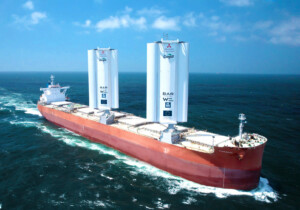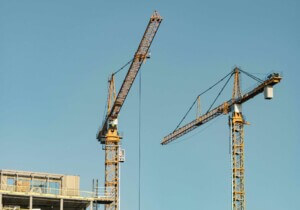Design for Freedom held its annual summit this week at Grace Farms in New Canaan, Connecticut. There, architects, business leaders, engineers, students, construction experts, techies, and other professionals coalesced in the bucolic setting by SANAA to discuss ending forced labor in the global construction industry.
This year’s gathering marks Design for Freedom’s third iteration, an effort that was cofounded by former AN editor-in-chief Bill Menking and Grace Farms Foundation CEO Sharon Prince. Thought leaders from MASS Design Group, WXY, BIG, Studio Cooke John Architecture + Design, SHoP, and the Yale Center for Ecosystems + Architecture presented; along with representatives from the United Nations, Arup, Shaw Industries, EVP, Bloomberg, JPMorgan Chase, Hewlett-Packard, and other powerhouse firms.
WXY’s Claire Weisz and BIG’s Kai-Uwe Bergmann took part in a discussion about steering projects away from exploitative practices; and Arup’s Fiona Cousins and MASS Design Group’s James Kitchin spoke about the ethics of materiality. Nasreen Sheikh, a human trafficking survivor who founded the Empowerment Collective—a nonprofit whose mission entails ending modern slavery—also gave heartfelt words. “Six of us lived, worked, slept in a 10-by-10 [foot] room without a bed, bathroom, or clean water,” Sheikh recalled.

In recent years, there’s been an ethical reckoning among apparel manufacturers to eliminate slave labor in the fashion industry; and food producers have also taken strides to ensure that commodities like coffee beans are ethically sourced. But the construction sector, which accounts for 13 percent of global GDP, has been much slower to catch up. According to Sharon Prince, the global construction industry is one of the “biggest offenders of modern slavery and carbon emissions.”
The International Labour Organization (ILO) recently found that, today, there are approximately 50 million people living as slaves worldwide; and millions of those people are somewhere in the construction sector. Whether they’re transporting bricks, mixing concrete, assembling solar panels, making PVC pipe, or welding steel—millions of children and adults have been kidnapped from their homes and forced into brutal labor conditions. In many instances, extraneous forces like global warming have made peoples’ towns unlivable, forcing them to seek income elsewhere by any means necessary. This class of people, which the UN has dubbed “climate refugees,” is thus ripe for exploitation by human traffickers.
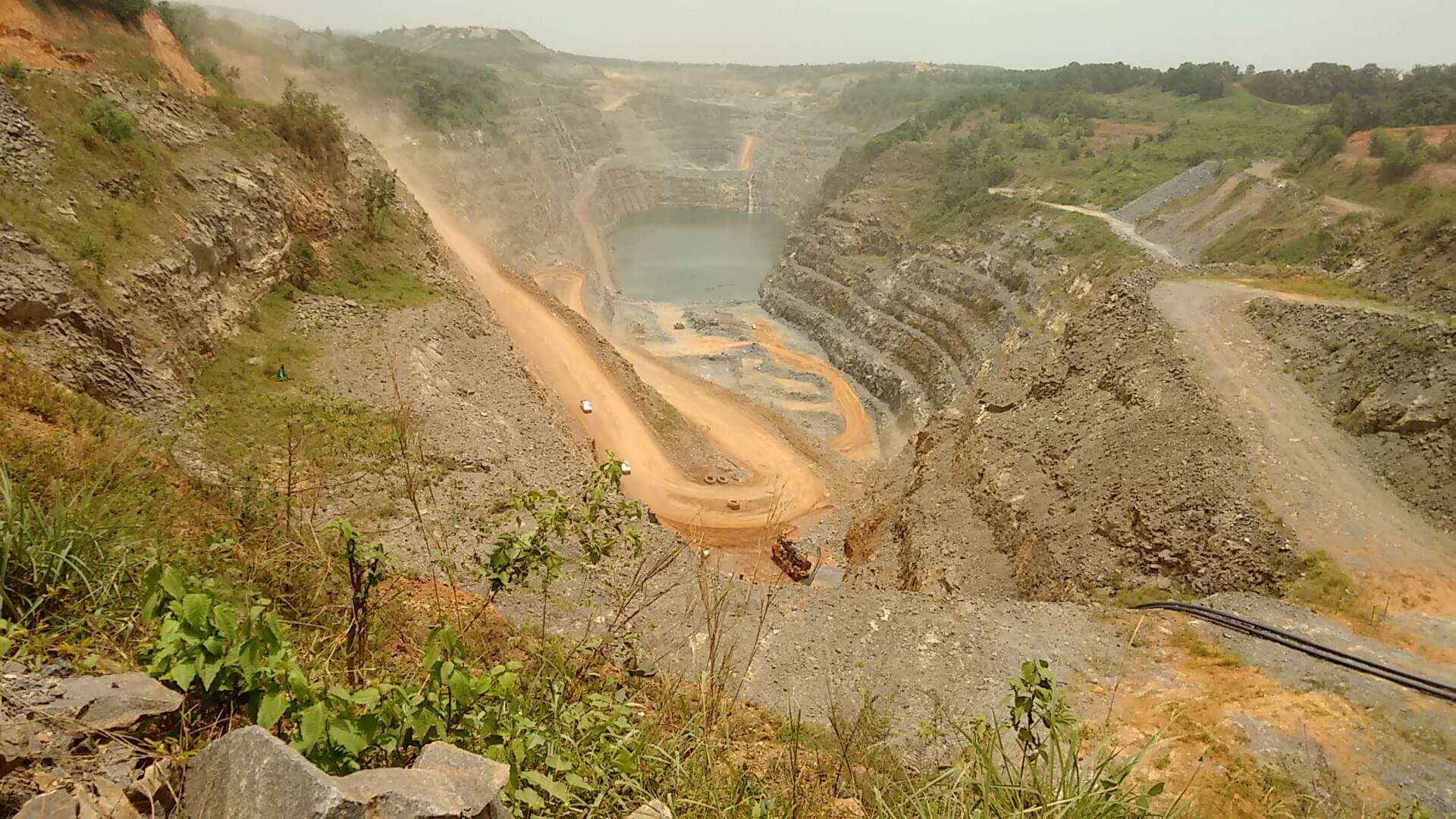
Moreover, an entire exploitative industry has emerged from the demand created by global warming for green materials. Sure, the solar panels on your roof may cut down on energy consumption, and they might even earn larger buildings a shiny LEED plaque outside their entrance. But the reason they’re in such abundance is because many of them were assembled in sweatshops for pennies on the dollar. Grace Farms Foundation CEO Sharon Prince calls this the “accepted slavery discount.”
Experts estimate that, today, somewhere between 35 and 45 percent of the world’s solar panels were made by forced labor. The production of PVC, a common flooring and piping material, is also one of the worst offenders. At the same time, much of the furniture in U.S. dorm rooms, or the trash receptacles on city streets, was made by prison labor, another form of subjugation.
To weed out this menace, speakers at Design for Freedom this year championed what they call “ethical decarbonization.” Hind Wildman, cofounder of the Yale Center for Ecosystems + Architecture, describes ethical decarbonization as a program that recognizes both the need for addressing global warming and reconciling human rights abuses that exist in the construction industry’s vast supply chain.
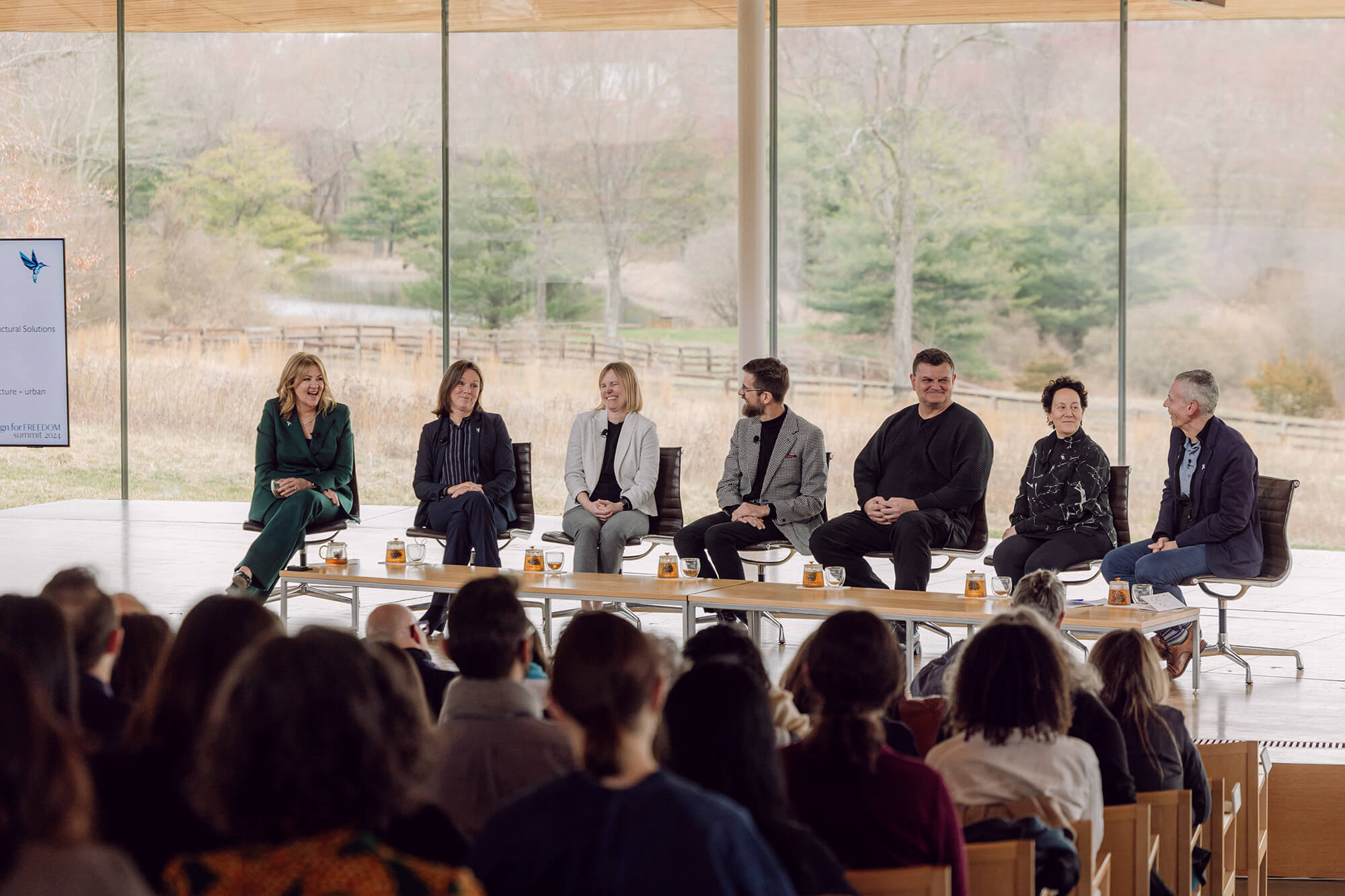
To this end, tech companies like Sourcemap have emerged. Leonardo Bonanni is Sourcemap’s founder and CEO and a former architect. Over ten years ago, Bonanni noticed a rising interest among architects, engineers, and construction leaders that wanted to know more about where the products they specified came from, but there wasn’t a platform that made this information legible.
Sourcemap helps identify Tier 1, Tier 2, Tier 3, and Tier 4 providers. (A Tier 1 supplier is your standard material or service provider, like a window company or general contractor, respectively. A Tier 2,3, or 4 provider sources the materials and/or labor necessary to make the windows—someone whose goods your project uses, but you aren’t necessarily coming face to face with.) In short, if you want to know if the cobalt in an electric battery at your construction site came from a forced labor camp in Ghana, you can go to Sourcemap. “Whenever we run our software, specifiers often find that there are 10 to 25 percent more manufacturers making their products than they thought,” Bonanni said at the Design for Freedom summit.
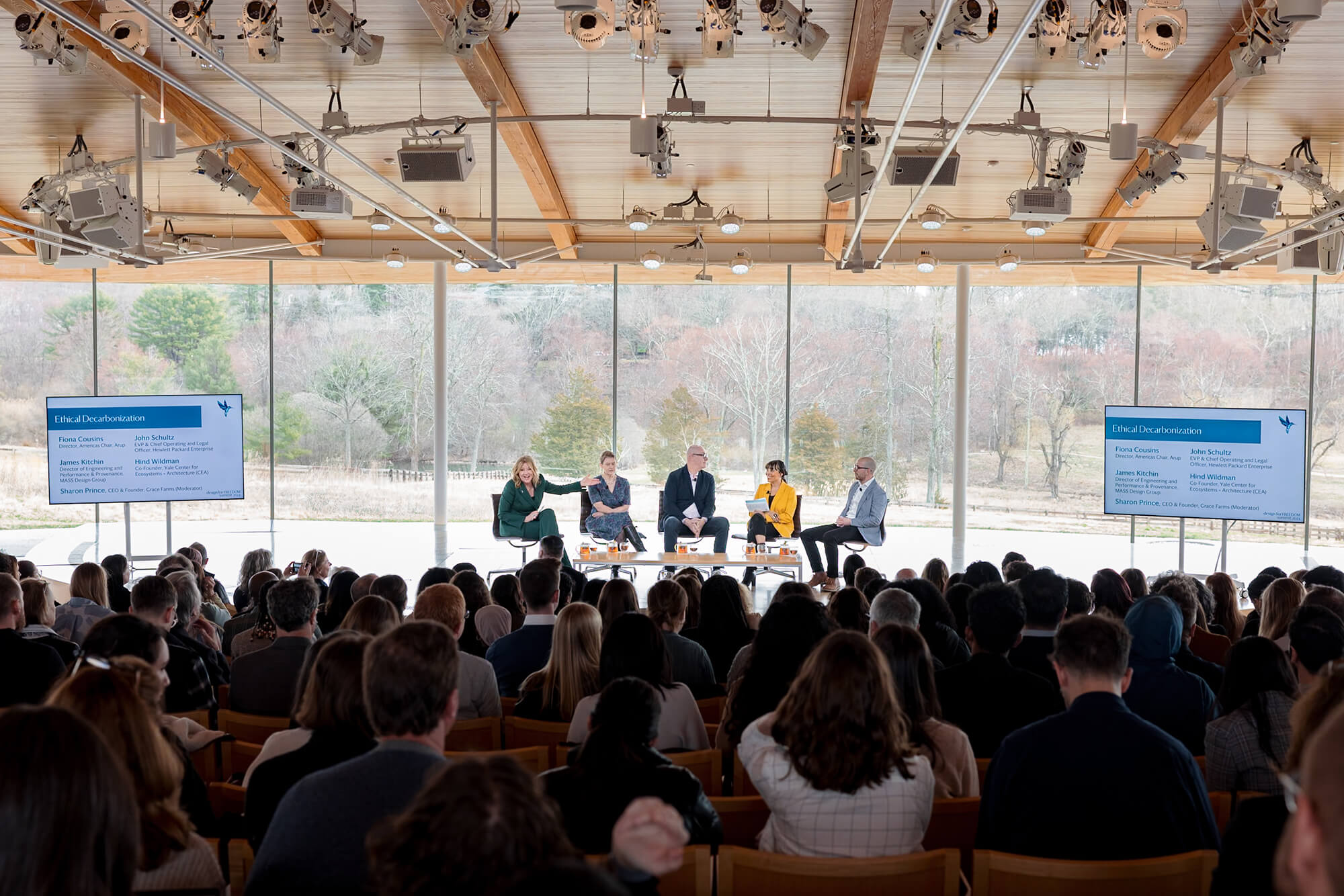
Looking ahead, new regulations set by European Parliament seek to hold construction professionals accountable for their participation in the modern slave trade. On March 19, the European Parliament’s Legal Affairs Committee approved a new bill that requires companies with over 1,000 employees and approximately $560 million in annual revenue to mitigate their negative impact on human rights and the environment. Corporations that don’t comply will be fined and liable for damages.
The new bill is part of the Corporate Sustainability Due Diligence Directive, which requires companies to know who they’re doing business with. “These are big and important laws. They could stop a shipment at the border, or result in a giant fine to be levied against a very visible American company,” Bonanni said. “The cost to be in compliance is actually quite low. They just require mapping and tracing the supply chain down to raw materials, which there are tools out there to do.”
“Certifications don’t really matter when it comes to these laws, and research and audits are only so effective,” Bonanni continued. “Really what these laws are about is getting people to ask every single one of their suppliers where the materials come from. If you haven’t asked, that’s negligence; and any circuitous way of not asking also means you’re not compliant. But if the provider says that a material of theirs is from a certain farm or forest, but the material isn’t actually from there, the onus is on them. It all starts with asking, tracing, and accountability.”









